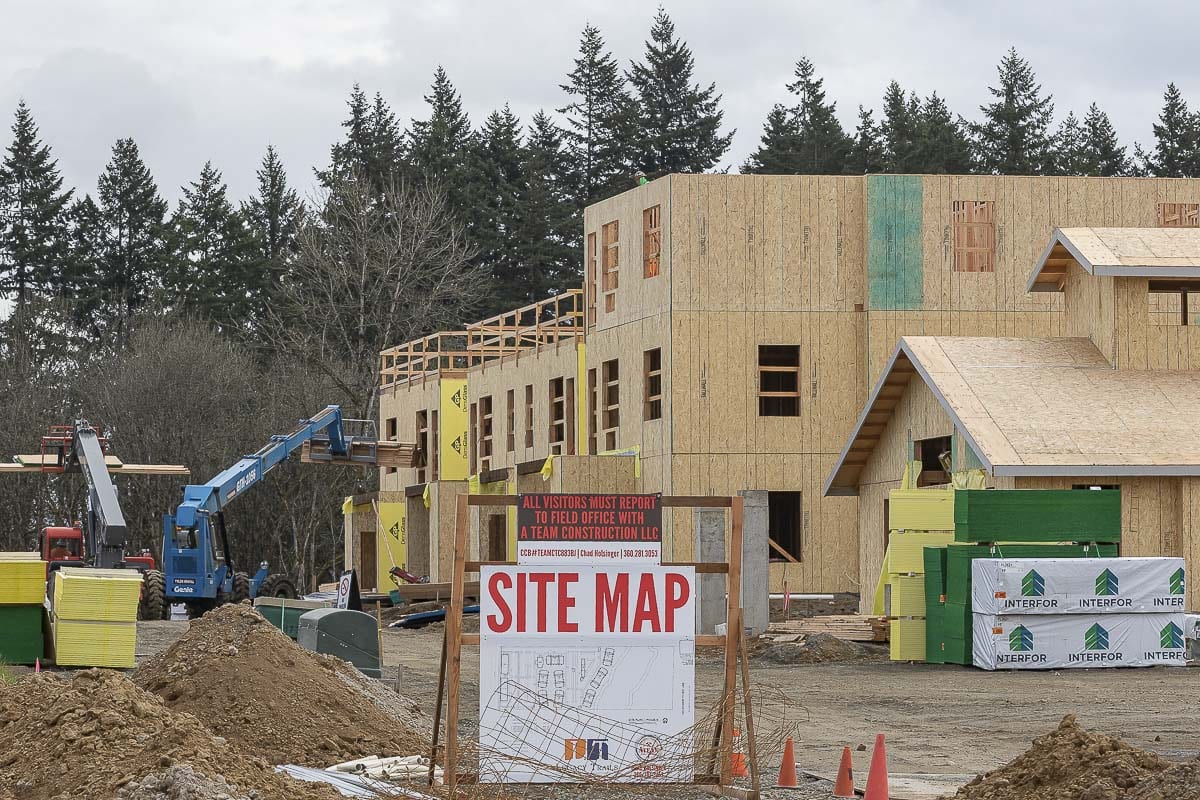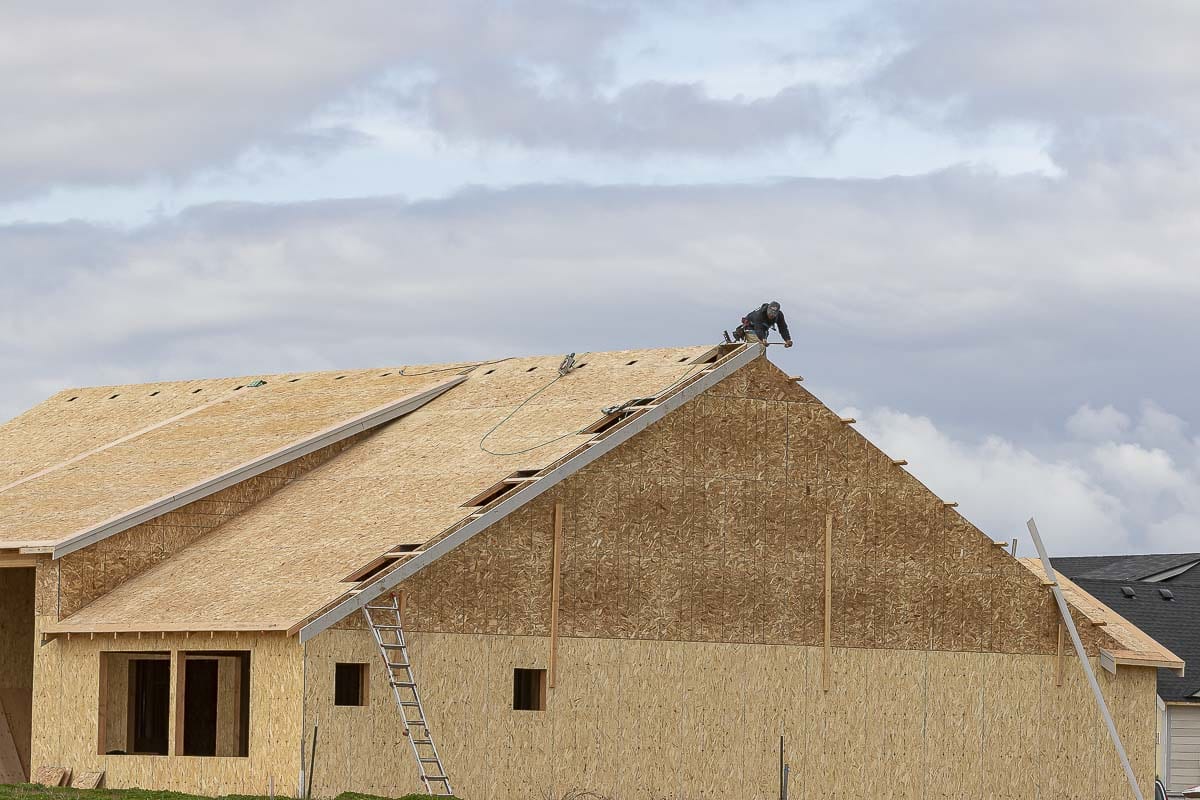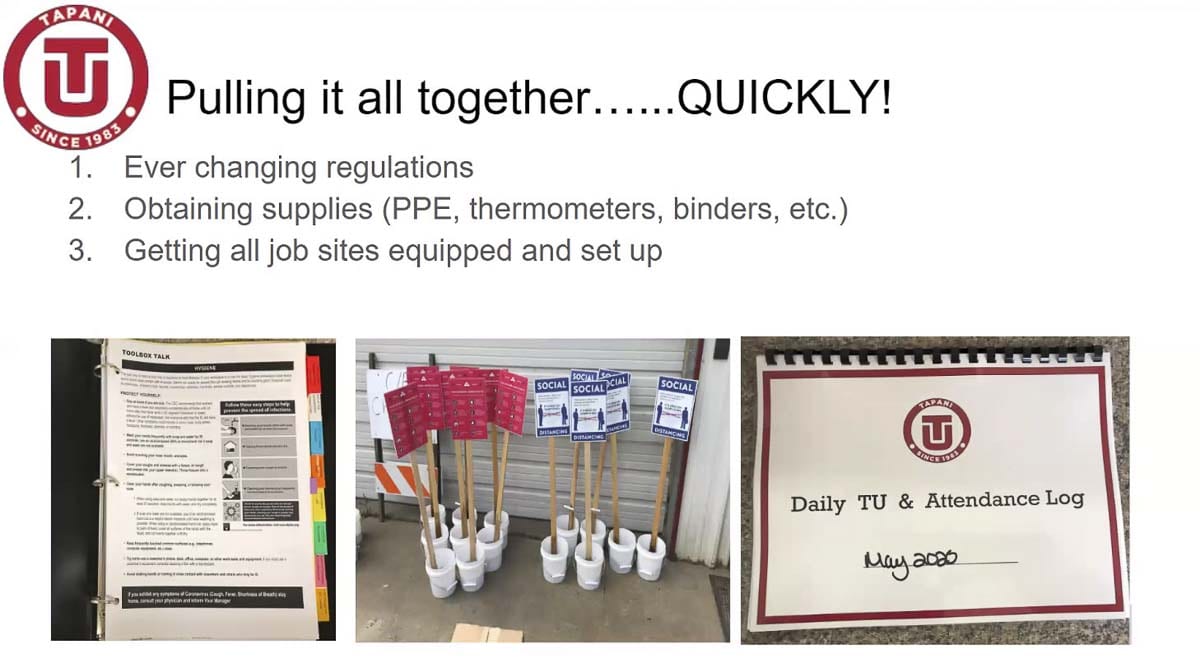Virtual gathering offers up best practices and advice for ‘getting back to work’ amid COVID-19
VANCOUVER — The Southwest Washington Contractors Association (SWCA) held its first virtual gathering via webinar last Friday in an effort to help members and the construction industry “get back to work safely.’’

In partnership with Otak Vancouver, Workforce Southwest Washington and Tapani Inc., SWCA brought expert sources in three fields to the table to discuss worksite hygiene, bringing back furloughed workers and best practices for running job sites in the era of COVID-19.
Construction, previously among the industries shutdown through the “Stay Home, Stay Healthy’’ orders, is now opening back up with certain stipulations from Olympia.
Bringing back the workforce
Through the Zoom call format, Workforce Southwest Washington Director of Business Services Darcy Hoffman addressed the 30 requirements laid out by Washington Gov. Jay Inslee for safely reopening construction.
“I suspect that for the vast majority of you, your employees are on a temporary layoff or what’s called standby,” Hoffman said. “A furlough is really just any form of a temporary layoff. It could be a complete work stoppage. It could be just a partial reduction in hours, but it’s where employees are just filing a regular unemployment claim.”
Hoffman explained that the situation presents many nuanced variables, since usually workers would be required to come back when re-offered their positions. With COVID-19, there are what are known as “good cause” reasons, which pertain to feeling the worksite or place may be unsafe or the job being offered has drastically changed. These reasons allow employees to decline and maintain unemployment.
“Some of those good cause reasons are being sick with COVID, taking care of a household member who is sick with COVID, staying home to take care of a child who needs childcare because either their school or daycare is closed,” she said. “The last one is if you substantially change the job they’re coming back to so you know, now you’re asking them to work in a location that’s substantially further away, or you significantly cut their pay.”
Hoffman went on to say that Workforce is planning to host a series of resiliency conversations to better help businesses, including contractors, understand the ever-changing landscape of COVID-19 and unemployment.
“It’s really just felt like the house is on fire and companies are just trying to figure out how to get out safely,” she said. “We as a Workforce board, have not really had an opportunity to connect with our employer partners … but I think the general sense I’m getting from the business community is that now maybe we’re ready to do that.”
Later on in the webinar, Hoffman responded to a question about whether contractors would be required to rehire or hold the position for employees that refused to return to work after being offered their position back, citing a legitimate good cause reason.
Hoffman explained that while, generally speaking, employers never are required to rehire the employee that has been laid off, there are many variables to the current situation. Her suggestion was to speak with herself, or another Workforce representative, or even possibly an employment attorney, on a case-by-case basis.
For more information on Workforce’s efforts during COVID-19, visit them online.
Keeping it clean
The second speaker to address members was Chuck Green, a senior project manager at Otak in Vancouver. Otak provides planning, site engineering and construction support to construction efforts in the region.
Green addressed the subject of worksite hygiene and restarting projects using the guidelines set forth by the governor in the 30 requirements for continuing construction. COVID-19 plans for current construction projects were due on May 1, and are presently being assessed.
“When you develop your site health and safety plans, we’re recommending that you include protocols and procedures as to what to do when something happens,” Green said. “How do you work at communicating on site? Some type of hand signals, can’t just go tap your colleague on the shoulder and say we need to talk. If you can’t hear somebody on the cell phone, please don’t share your cell phones. Please also don’t forget about site safety, the equipment is big and it’s still moving around. Don’t forget to look ahead, look behind and look around.”

Green explained that rapid testing for COVID-19 has been made a priority for construction site workers at Vancouver Clinic at two locations in the area, as well as personal protective equipment (PPE).
Inspections are also going to be of a more rigorous nature and could be unannounced, Green said. In light of this, he suggested an over abundance of caution with regard to social distancing and PPE rather than the bare minimum.
Layout of construction sites is critical, Green said. With some inspections requiring 24-foot social distancing with the inspector some sites will need to be vacated entirely during inspection, he said.
Green also reminded members that the required 6-foot social distancing can be easy for larger horizontally plotted projects, but can become more difficult for vertical projects, such as multi-unit housing. The 6-foot distance goes in every direction, especially when people are above and below each other, he said.
Advice from Tapani
Logan Kysar is a MSN and RN recently hired by Tapani Inc. as their safety director. He was hired prior to COVID-19, and suddenly found his job substantially more critical to daily operations, he said. During the webinar he offered many pieces of advice to members about best practices.

“So how do we keep up? That is the million dollar question. So our goal at Tapani has been to keep our essential jobs moving forward, and we want to really look at compliance and safety,” Kysar said. “Regardless of how we feel about the illness, we’re stuck with moving forward and making sure that we comply to these legal requirements. The Oregon and Washington regulations are different, and so we’re Washington based so how do we comply in Oregon, and make sure everyone is up to speed.”
Kysar went on to speak about how Tapani is making use of signage and PPEs to maintain better compliance, as well as the difficult task of keeping employees from carpooling together. Tapani has also decided to simply adhere to the Washington regulations at all it’s sites, even in Oregon, for simplicity and out of an abundance of caution, he said.
With temperature checks being required at job sites, Tapani was required to find contactless, infrared thermometers for it’s contractors. It was not an easy task, according to Kysar.
Tapani also organized an audio-only Zoom call with 85 of its board members, contractors, etc. Kysar stressed this as key to maintaining company-wide communication and agreement on how to enforce and adhere to safety measures consistently.
“I think we’re all asking ourselves, are we there yet? And right now there’s really no end in sight and who knows what’s gonna come along next week, or the week after that. The bottom line is we want to stay open,” he said. “We have to come to the table and we have to agree that we’re going to back each other. I can’t be telling an employee one thing and have someone else, tell them something different and vice versa.”




